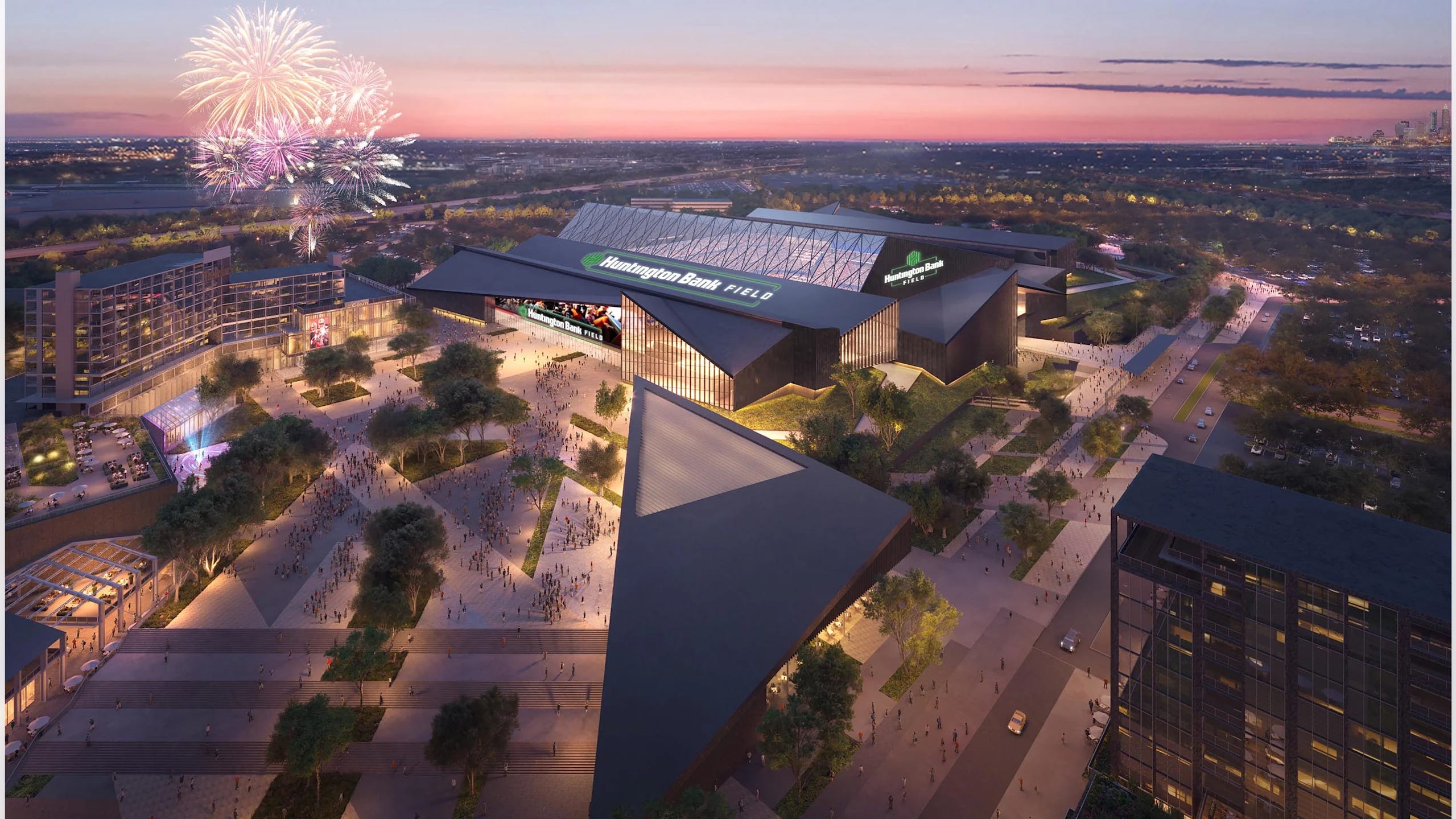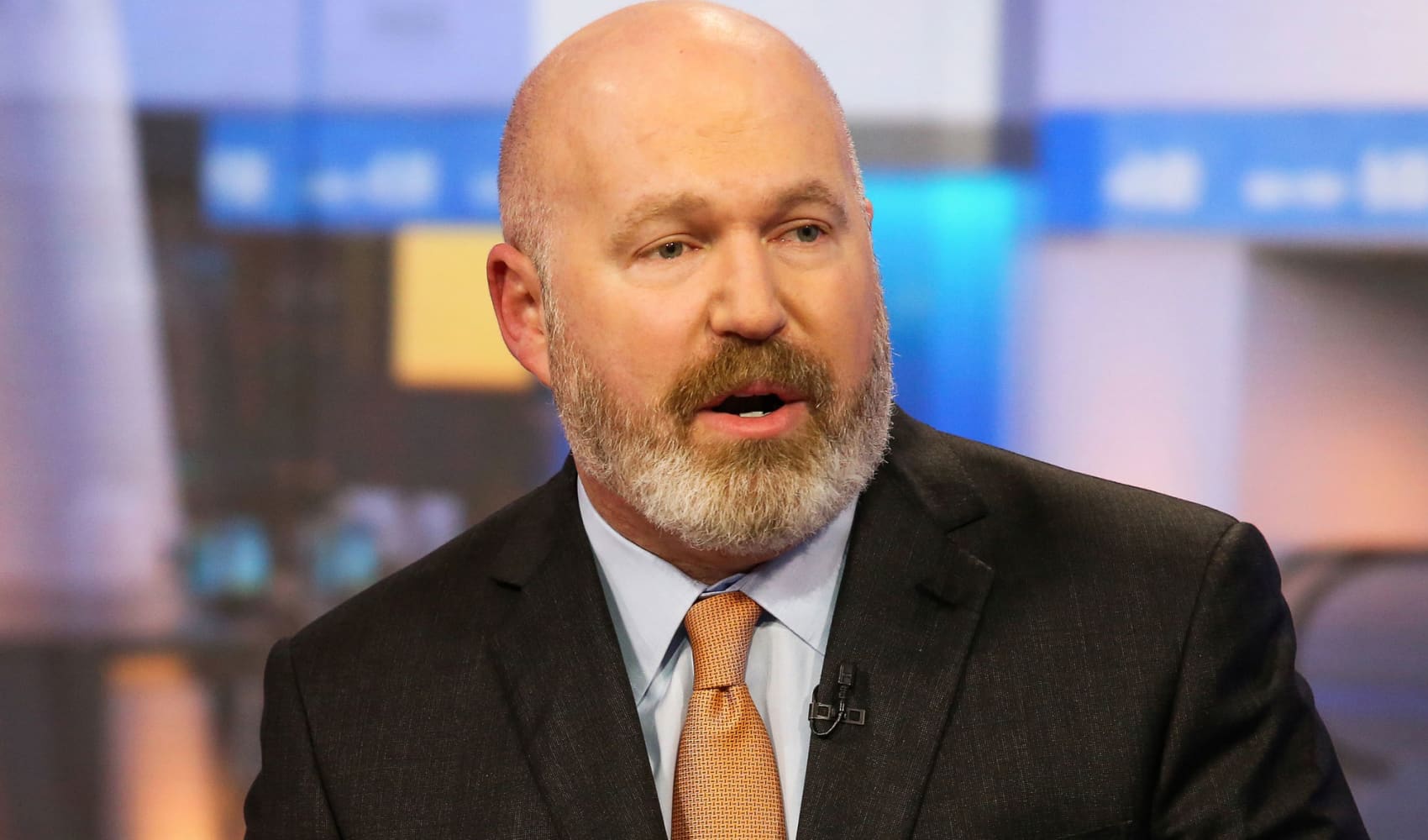The Cleveland Browns organization is on the precipice of a monumental shift, as the Ohio Governor has officially signed the state budget, setting in motion a plan for the NFL franchise to construct a new, state-of-the-art domed stadium in the suburbs, backed by a substantial $600 million allocation. This pivotal development marks a significant strategic departure from the team’s long-standing Cleveland-based facilities, a decision that resonates with historical echoes for a fan base intimately familiar with the complexities of professional sports relocation. This substantial public investment, funneled towards a private professional sports venture, has understandably ignited considerable attention and robust debate across the state.
The cornerstone of this ambitious plan is the $600 million earmarked specifically for the new suburban NFL Stadium, an investment poised to redefine the game-day experience for Cleveland Browns fans and players alike. Proponents argue that a modern, domed facility will not only provide a consistent, weather-proof environment for games but also unlock new revenue streams through hosting a wider array of events, from concerts to conventions, thereby enhancing the region’s economic vitality. This substantial injection of State Budget funds underscores a profound commitment to the future of the Cleveland Browns, aiming to secure their competitive edge and appeal in the broader National Football League landscape.
However, the economic ramifications of such a colossal public-private partnership extend far beyond the direct benefits to the Cleveland Browns. Discussions are already intensifying regarding the potential impact on the broader Cleveland area, particularly downtown businesses and infrastructure that have historically benefited from game-day traffic. While the new stadium promises job creation during its construction phase and ongoing operational employment, critics raise pertinent questions about the long-term economic return on investment for taxpayers, and whether public funds could be more effectively allocated to address other pressing societal needs within Ohio.
This unprecedented funding decision illuminates the intricate and often contentious relationship between state governance and professional sports franchises. The Ohio Governor’s approval of this allocation within the State Budget highlights a strategic decision to leverage public resources for private enterprise, a move that often sparks debate concerning fiscal responsibility and community priorities. Such large-scale infrastructure projects, especially those involving Sports Finance, require meticulous scrutiny to ensure transparency, accountability, and demonstrable benefits for the public whose taxes are funding them, transcending the immediate excitement of a new NFL Stadium.
The relocation to the suburbs also prompts broader conversations about urban planning and the long-term engagement of the Cleveland Browns fan base. While a new facility may offer modern amenities and improved access for some, it necessitates a recalibration of fan traditions and travel patterns. Urban planners and community leaders are now grappling with how to mitigate any potential negative impacts on downtown Cleveland, ensuring that the city center remains a vibrant hub, even as its iconic football team transitions to a new geographical footprint, striving to maintain the deep-rooted connection between the team and its historical home.
In essence, this move echoes a contentious chapter in the Cleveland Browns’ history, reminding many of the team’s previous departure from the city. While the circumstances differ significantly, the emotional resonance of a beloved franchise changing its geographic anchor remains potent. This time, however, the shift is within the greater Cleveland metropolitan area, with substantial public backing, signaling a new era for the team and presenting both opportunities and challenges for the region as it navigates the complex interplay of sports, economy, and community identity.
Discover more from The Time News
Subscribe to get the latest posts sent to your email.






